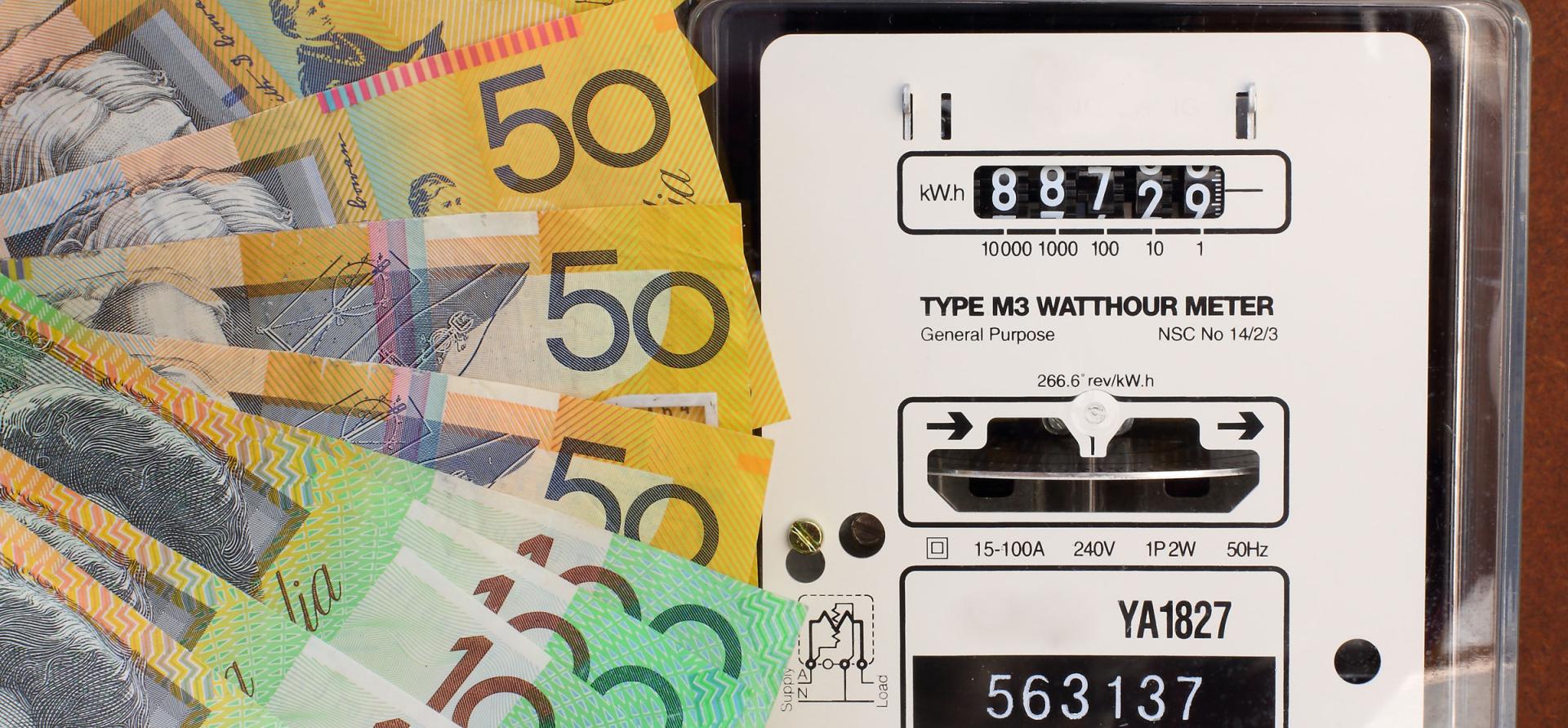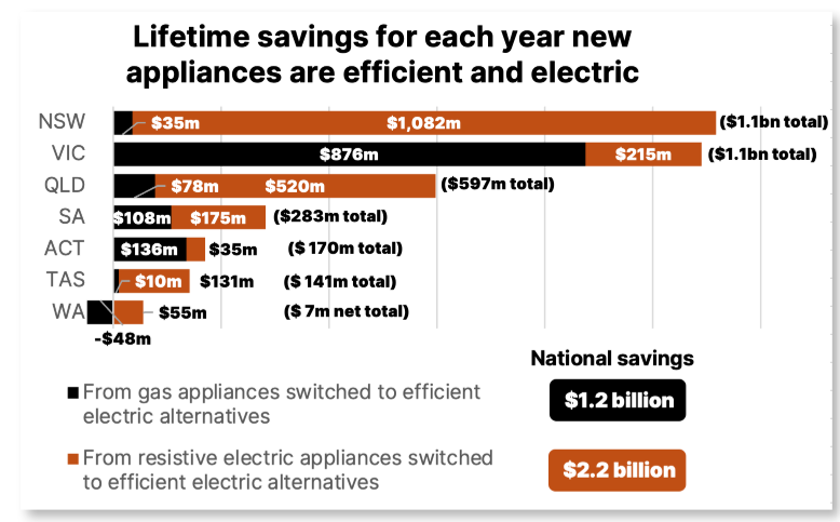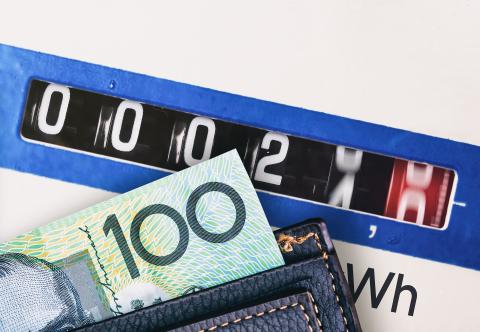Multiple budget measures will bring energy bill relief, but more could be done to deliver lasting savings

Key Findings
In its budget last week, the Australian government included a raft of measures to provide energy bill relief, including a power bill rebate, but there were missed opportunities to deliver more lasting savings.
Initiatives to support electrification, energy efficiency and distributed energy resources, and to reduce the supernormal profits of electricity networks, would reduce energy bills for households and businesses on a more sustained, longer-term basis.
The Capacity Investment Scheme (CIS) will be a key energy affordability measure, driving low-cost renewable power supply and storage into the market as coal exits, but planning approval timeframes are hindering the speed of renewables roll-out.
This analysis is for information and educational purposes only and is not intended to be read as investment advice. Please click here to read our full disclaimer.
Last week’s federal budget featured a raft of measures targeted to support energy bill relief, including rebates for households and businesses, and the development of the New Vehicle Efficiency Standard. However, more could be done to deliver savings for consumers on an ongoing basis.
The budget headline was a $300 electricity bill rebate for every household in Australia, with a total cost of $3.5 billion, and $325 in electricity bill relief for each small business.
This will help with reducing cost-of-living pressures temporarily; however it will not reduce energy bills for households and businesses on an ongoing basis. For that, effort should instead go towards supporting electrification, energy efficiency and distributed energy resources, and reducing the supernormal profits currently being made by electricity networks.
Rather than providing one-off rebates, supporting households to electrify would lead to sustained energy bill savings. In Victoria, IEEFA calculated that an average household could save approximately $1,200 per year if it replaced end-of-life gas appliances with efficient electric appliances.
Each year, Australians are still buying nearly a million gas appliances and around 80,000 inefficient resistive electric appliances. These appliances have higher running costs than efficient electric alternatives. If they bought efficient electric appliances instead, it would save them a collective $3.4 billion over the lifetime of those appliances. This is close to the same collective saving households will make through the budget’s electricity bill rebate, but repeated every year.

Source: IEEFA
Energy efficiency and electrification of the commercial and industrial sectors could also support ongoing energy bill relief for businesses. IEEFA's pre-budget submission contained a range of measures that could improve energy performance in those sectors, such as support for industrial heat pumps.
The Australian Photovoltaic Institute has also estimated that rooftop solar could deliver $9.3 billion in cost savings per year for apartments, social housing and private rental houses.
Another measure that could deliver sustained energy bill relief is addressing electricity networks’ supernormal profits. In FY22 alone these profits were $2 billion (on top of the allowed profit of $1.4 billion), and the average cost per consumer was $80-$400 according to IEEFA calculations.
The AER calculated similar levels of outperformance to those calculated by IEEFA. The economic regulation of electricity networks should be revised to reduce the profits to reasonable levels and bring down electricity bills for consumers. This could deliver ongoing savings to households and businesses, without costing any money to the government.
One aspect of the budget that will support ongoing energy bill relief is the Capacity Investment Scheme (CIS), which the government states will unlock $65 billion of investment in renewable capacity. The CIS is a key energy affordability measure, as driving enough low-cost renewable power supply and storage into the market will be key to keeping prices down as coal exits the system.
IEEFA has recommended a range of measures that could help ensure that the CIS is effective in driving construction of new capacity as quickly as possible.
Government planning and environmental approval timeframes are one of the areas hindering the speed of renewables roll-out, with wind farms in New South Wales taking almost 10 years on average to gain approval, according to law firm Herbert Smith Freehills. Speeding up the approval process to meet the 82% renewables target, while maintaining environmental protection and social licence, will be key.
The budget contained $182.7 million in funds over eight years to strengthen the approvals processes – by funding the Department of Climate Change, Energy, the Environment and Water (DCCEEW) to strengthen environmental approvals for energy transition projects, improving community engagement and social licence outcomes, and other measures.
However, supporting state governments to improve their planning processes will be key to accelerate renewables and storage build. Care should be taken to reduce unnecessary duplication across state and federal government, to support efficiency in the planning process.
Another aspect of the budget that will support energy bill relief is the New Vehicle Efficiency Standard (NVES). The government has budgeted $154.5 million in funding to implement the NVES, which the government estimates will “save Australians around $95 billion at the bowser by 2050 and reduce transport emissions”. Electric vehicles (EVs) will be pivotal to driving those reductions.
Next, the government and the energy industry should focus their efforts on how to best integrate EVs with the grid to access the potential benefits on offer from batteries on wheels. EVs with Vehicle-to-Everything (V2X) functionality can store abundant daytime solar power and discharge it back to homes and the grid in the evenings, and could also deliver other grid services. However, the NVES cost benefit analysis did not include the potential impact of EVs with V2X functionality on energy bills and energy system costs, which is an oversight. IEEFA analysis of various available studies shows that EVs with V2X could provide significant benefits to consumers – potentially $1,000 a year or more.
While there were no major new measures announced in the budget to provide financial support for DER, the budget does mention there is $27.7 million committed to support reforms in Consumer Energy Resources. Prior IEEFA analysis has found that a range of reforms are needed to maximise the benefits of DER, such as setting up an independent DER technical standards body, and reviewing the economic regulation of distribution networks. This will be key for ensuring that DER such as EVs, rooftop solar and demand flexibility resources are integrated with the grid in a way that maximises benefits and minimises costs, delivering an efficient level of network investment as DER uptake grows, and avoiding network price rises.
The major budget measure for the energy transition is the $22.7 billion Future Made in Australia agenda, which seeks to support Australia’s net zero transformation and economic resilience and security. Key pillars of the Future Made in Australia agenda include significant support for renewable hydrogen production, critical minerals, battery manufacturing, energy technology innovation and workforce development. These are longer-term initiatives and their potential impact on energy bills is not yet clear.
The budget has a clear focus on energy bill relief, and various measures will support that. However, more can be done to drive energy costs down on an ongoing basis, particularly in the areas of electrification, energy efficiency, DER and the economic regulation of electricity networks.
















